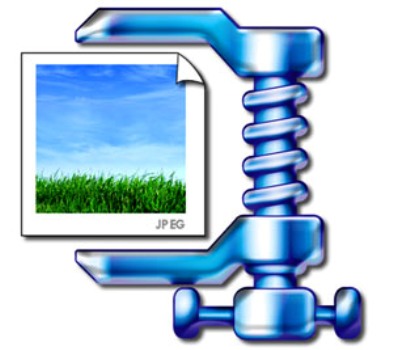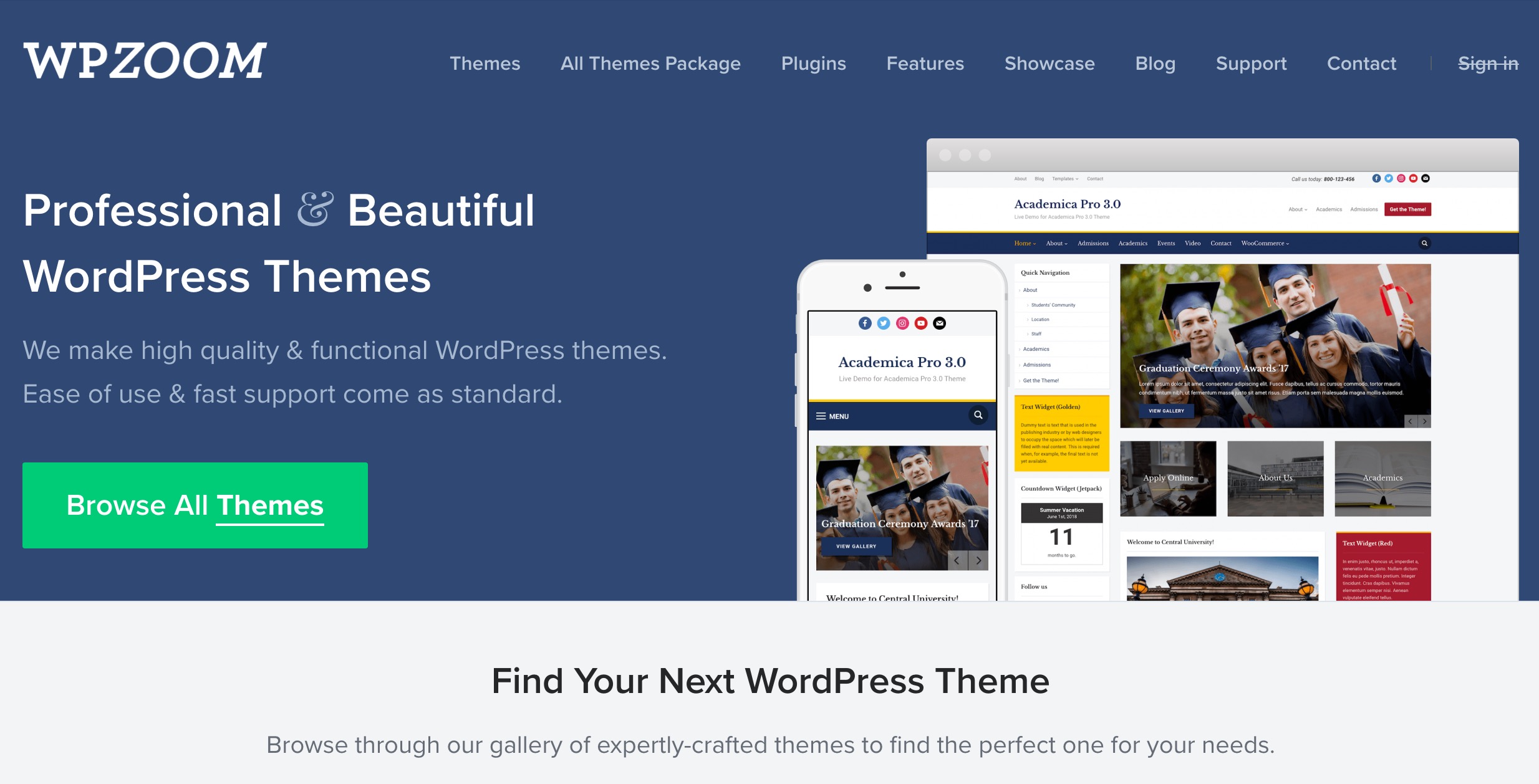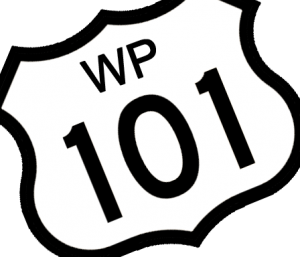Decreasing the Loading Times of Your WordPress Websites
We are living in a world of advanced technology where if something, whether it is a website or an app, doesn’t load within a few seconds, we lose interest in it. Even though this is wrong because we don’t know what we are missing out on, it’s normal. There is so much information everywhere that it’s potentially not worth your time to wait for a page to load more than a few seconds, let alone if they are two digits.
So decreasing the time for which your pages load is becoming of increasing importance. You will always want all of your pages to load fast so that you don’t lose any of your visitors. But how can you do that? Here we will discuss a few simple tips that you can apply to your WordPress website.
The Most Obvious – Images
The best thing you can do is to resize the images that you are uploading. Try to give them reasonable dimensions, instead of uploading a full-scale image and then resizing it with the HTML attributes. If you already have lots of images on your website, and you don’t want to manually resize them all, you can use plugins. There is one very good plugin called, Resize Image After upload, which you can get for free, which does exactly what the name says. It allows you to resize the images after they are uploaded and in bulk. This is a great way of quickly saving space on images that are already on the server, and then complement it by uploading images that are already resized.

Another very important aspect of uploading images is the format that you are uploading in. We recommend that you used JPEG as it is more space-saving in the general case. Even though it depends on several factors, like the number of colors that are present in an image, it is still better than PNG. So if you have any PNG files you can create a JPEG copy of them and see which is more space efficient (after resizing them). Upload the version that is smaller. We know that this sounds time consuming, but there is a difference between loading a page with ten 1MB images, and a page with ten 0.1MB images.
Having the images which are the right size as well as the right format is going to save the users a lot of data which has to be transferred from the server to their computer. Lots of people think that resizing the images won’t change much, whereas it’s actually very important.
The Theme
The theme also plays a very important role in how fast your website is going to load. There are some themes which are just too heavy. They are most often made up of PSD file elements which are cut out. Those PSD file elements are really heavy, and they can really stack up on the bandwidth if there are lots of elements.
You can most probably see those elements in the menus, headers, footers, sidebars, as well as buttons and other custom modules. Even though they add extra “looks” to the website, they can slow down its loading which will eventually lead to visitors going away.
One handy tool that should always be by your side is the Google Page Speed tool. It’s very simple to use and it gives you an insight of how fast a page will load. All you need to do is to enter an URL and then the tool will automatically analyze it. Then you will be presented with a score from 0 to 100, as well as some tips on how to improve that score.
This makes the tool perfect for use, regardless of whether you already have a website which you want to improve, or whether you are looking for a theme that already has a good score.
Caching
Caching is the best way of shortening loading times. Even though it won’t affect first-time visitors, your returning ones are certainly going to feel the difference. Caching is, simply put, the process of saving constant data about your website on the user’s computer. This way they won’t have to download it from the server on which your website is hosted, but rather access it from their own computer (actually the browser does that automatically).
There are lots of caching plugins with extensive admin panels which allow you to choose different settings. We recommend that you started using a caching plugin because it will certainly please all of your returning and regular visitors. Keep in mind, however, that if people clear their browsing data, they will also wipe out the cache. Even though this isn’t something which should be of your concern, you should know it.
The Servers and Location

Try and use a hosting server which is as close as possible to your audience. The shorter the distance, the faster the connection is going to be. Nowadays there are services which upload your website on multiple servers. When a user tries to enter your website, they automatically connect to the nearest one, which results in faster download speeds and shorter response times. However, this might not be a fit for all budgets. But it is something that will significantly improve your website’s performance.
It’s also important that you choose a reliable hosting server. Look for average downtimes. Less than 0.1% downtimes is going to be really good for you. Anything above 0.5% – 1% is too high and should be avoided. Even though the numbers might not seem large at first, think of it in this way – one in every 100 people won’t be able to see your website, opposed to 1 in every 1000.



